Neuroscience

Neurotransmitter receptors function via various G-protein coupled and G-protein independent mechanisms that activate downstream intracellular signaling pathways such as cAMP/PKA, PI3K/AKT, phospholipase A2, and phospholipase C pathways. For instance, dopamine receptors act through adenylate cyclase to activate PKA and other signaling molecules, thereby mediate gene expression through the actions of CREB and other transcription factors. Other neurotransmitters such as NMDAR or AMPAR are associated with ion channels that control flux of Ca2+ and Na+, thus propagating the action potential across the post-synaptic neuron.
Dysfunctions in GABAergic/glutamatergic/serotonergic/dopaminergic pathways result in a broad range of neurological disorders such as chronic pain, neurodegenerative diseases, and insomnia, as well as mental disorders including schizophrenia, bipolar disorder, depression, and addiction.
-
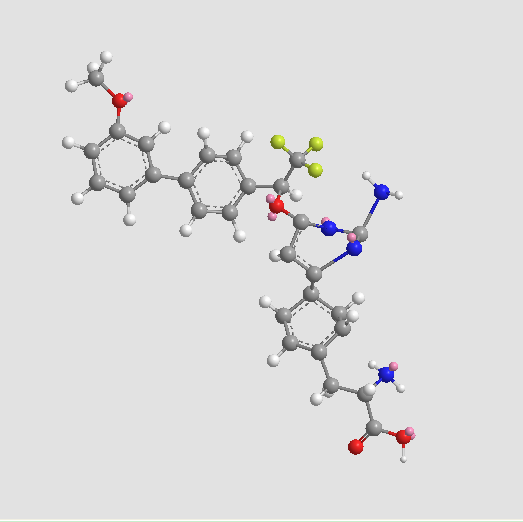 A3565 LX-1031Target: Tryptophan hydroxylases (TPH)Summary: TPH inhibitor
A3565 LX-1031Target: Tryptophan hydroxylases (TPH)Summary: TPH inhibitor -
 A3599 MetoclopramideSummary: Dopamine receptor antagonist
A3599 MetoclopramideSummary: Dopamine receptor antagonist -
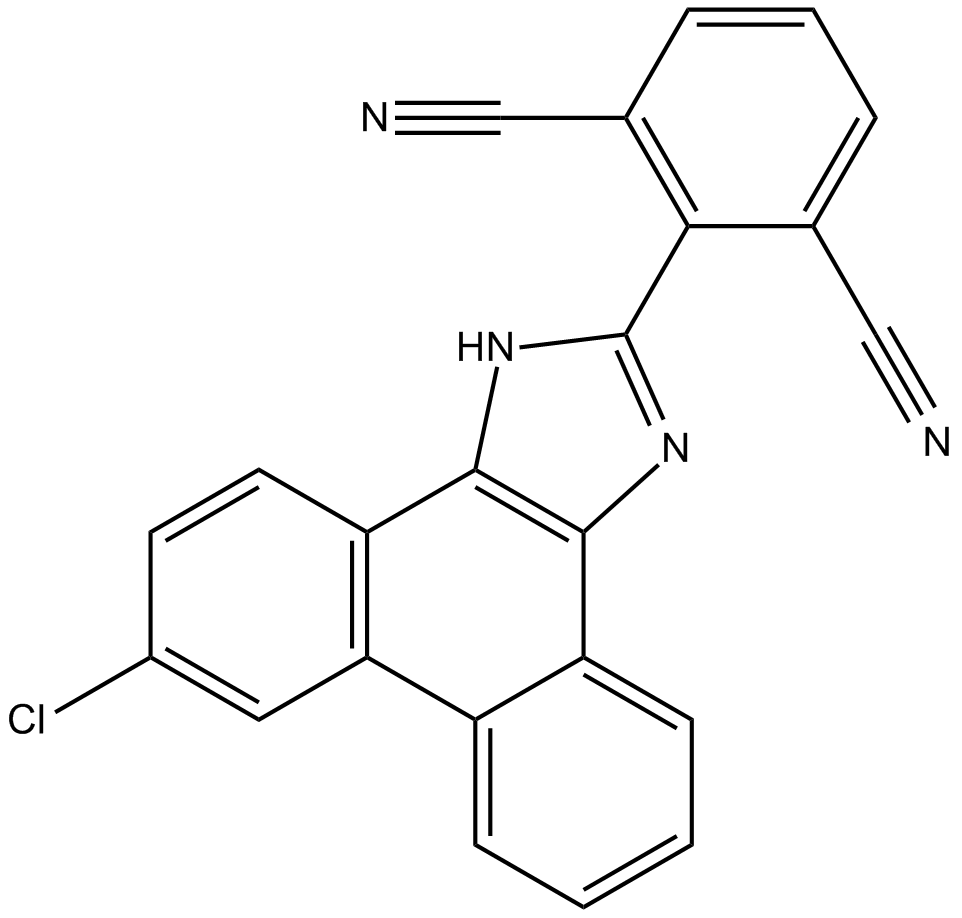 A3600 MF63Summary: MPGES-1 inhibitor
A3600 MF63Summary: MPGES-1 inhibitor -
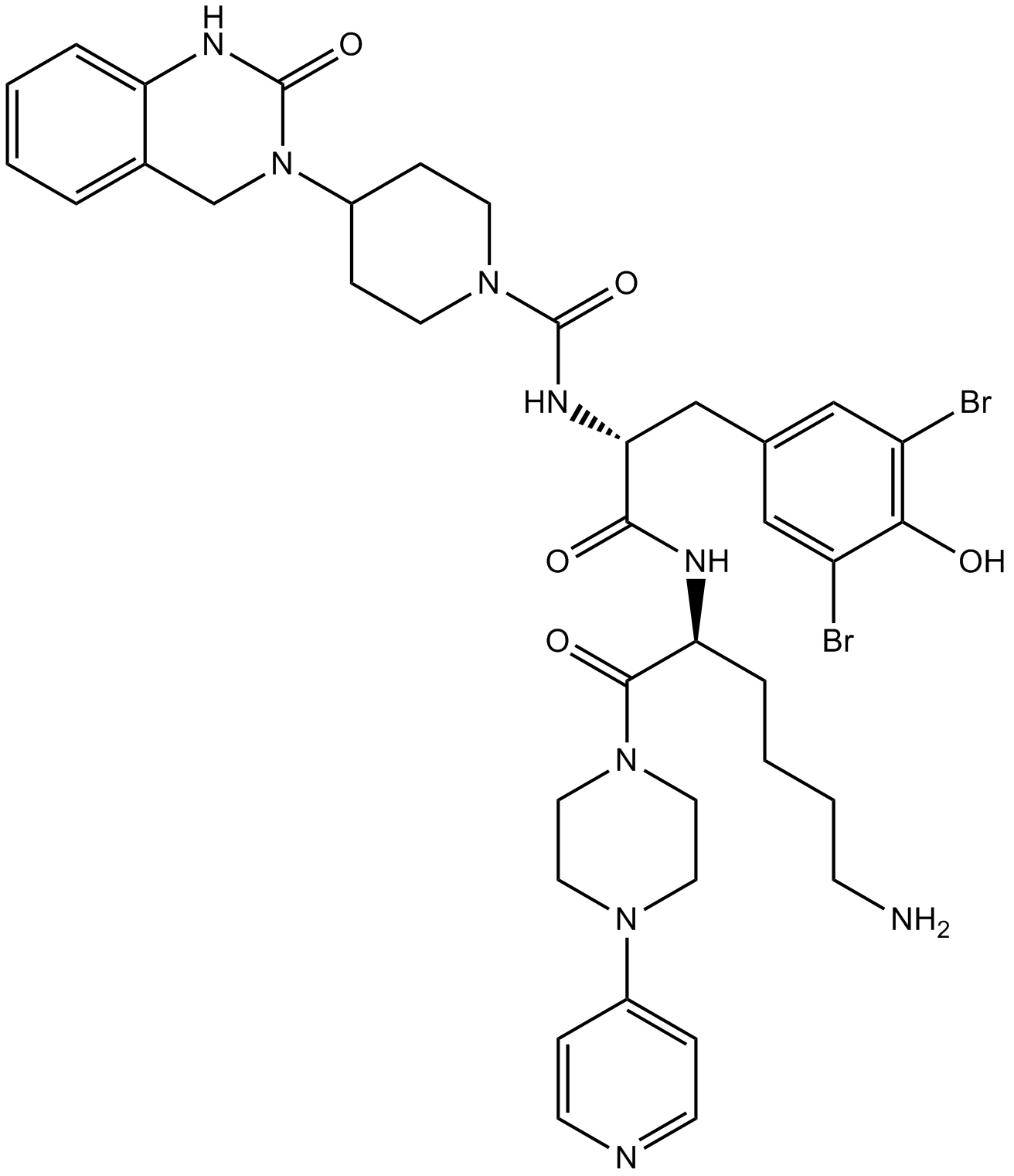 A3680 OlcegepantTarget: CGRP receptorsSummary: Non-peptide receptor of CGRP,first potent and selective
A3680 OlcegepantTarget: CGRP receptorsSummary: Non-peptide receptor of CGRP,first potent and selective -
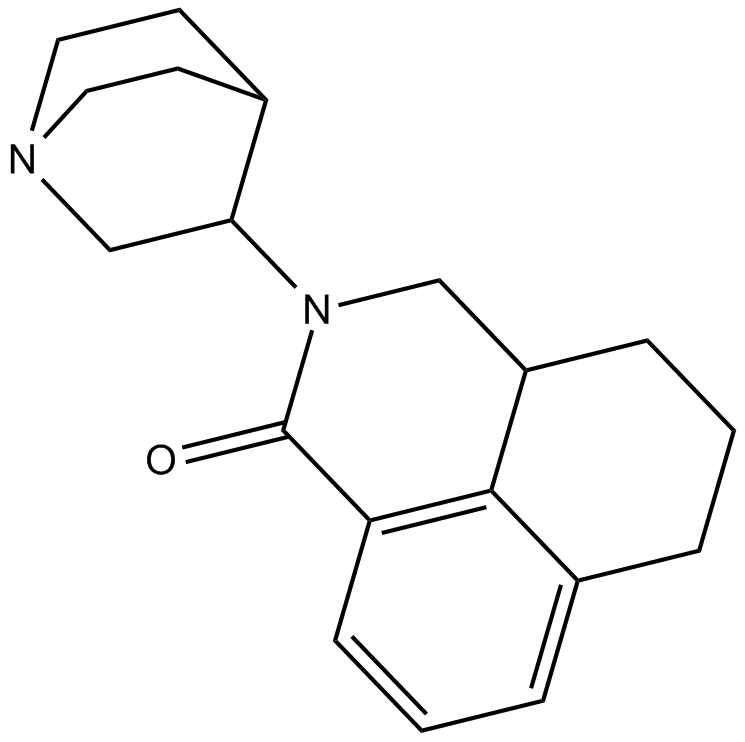 A3697 PalonosetronSummary: 5-HT3 antagonist
A3697 PalonosetronSummary: 5-HT3 antagonist -
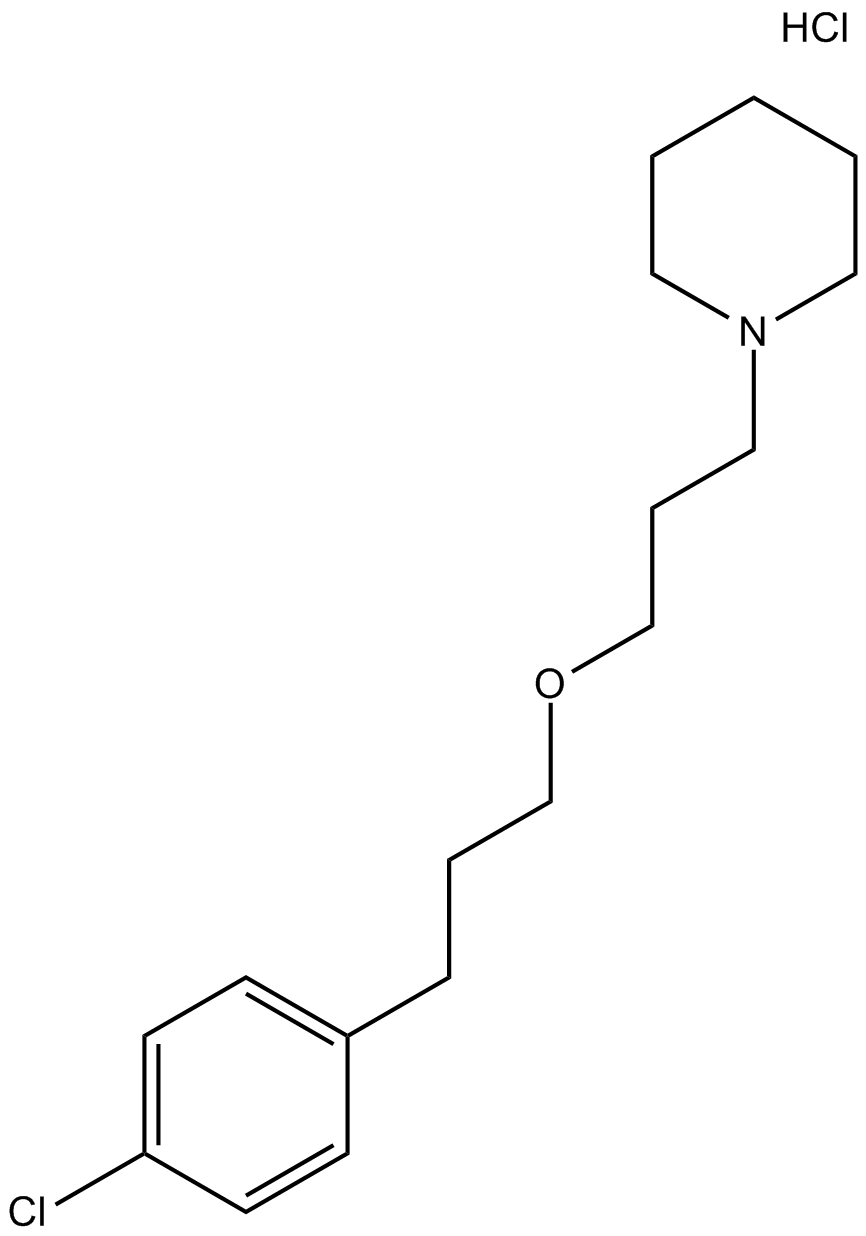 A3727 Pitolisant hydrochlorideSummary: Nonimidazole inverse agonist
A3727 Pitolisant hydrochlorideSummary: Nonimidazole inverse agonist -
 A3733 Pramipexole dihydrochloride1 CitationSummary: Dopamine receptor agonist
A3733 Pramipexole dihydrochloride1 CitationSummary: Dopamine receptor agonist -
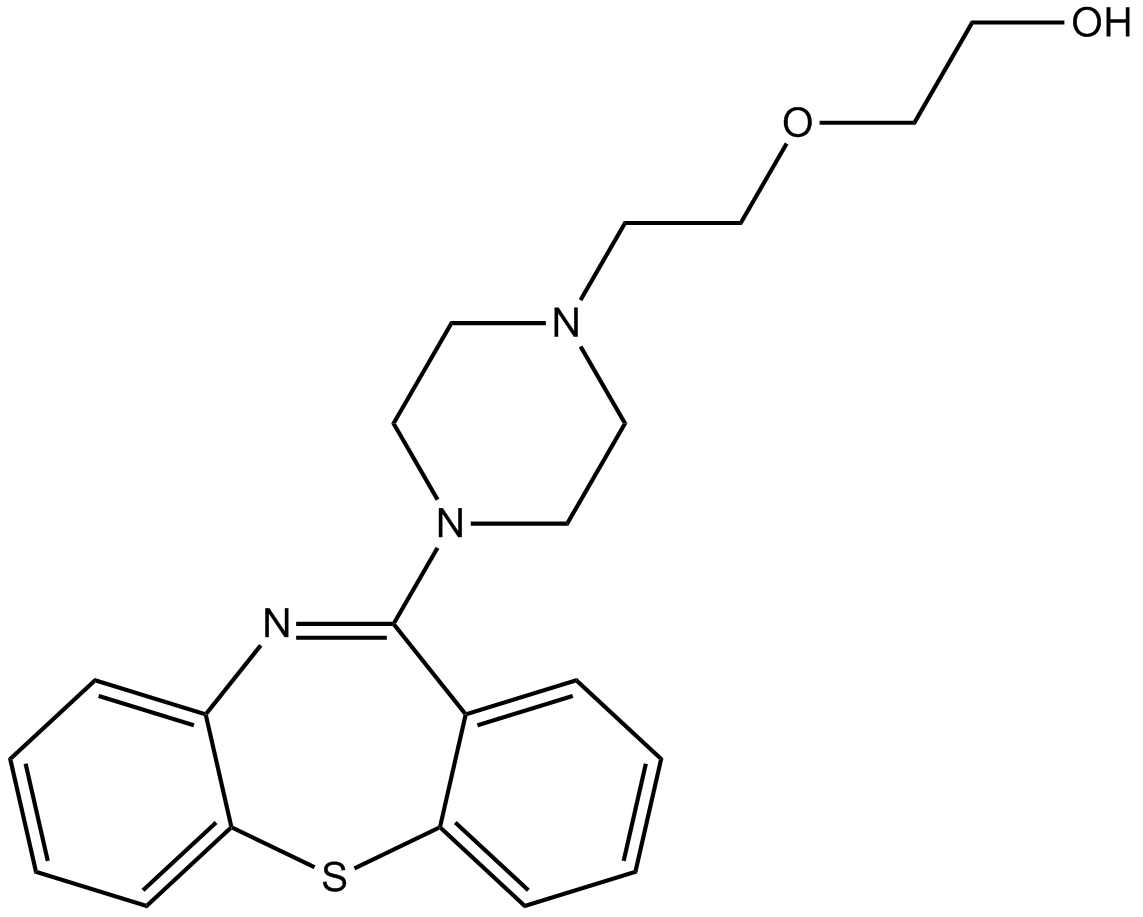 A3744 QuetiapineTarget: AChR|adrenergic receptor|5-HT receptor|Dopamine receptor|Histamine receptorSummary: Dopamine receptor antagonist
A3744 QuetiapineTarget: AChR|adrenergic receptor|5-HT receptor|Dopamine receptor|Histamine receptorSummary: Dopamine receptor antagonist -
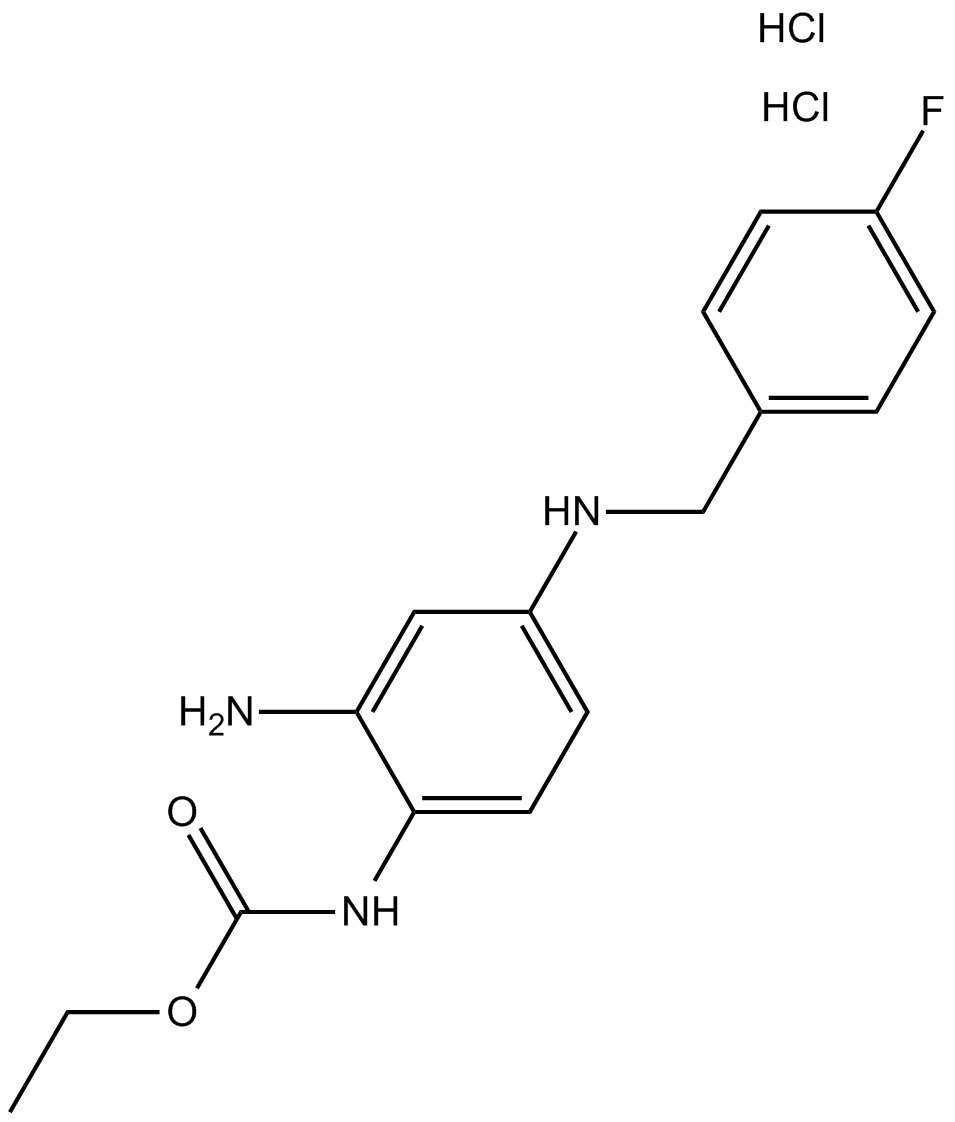 A3758 Retigabine dihydrochlorideSummary: Antiepileptic compound
A3758 Retigabine dihydrochlorideSummary: Antiepileptic compound -
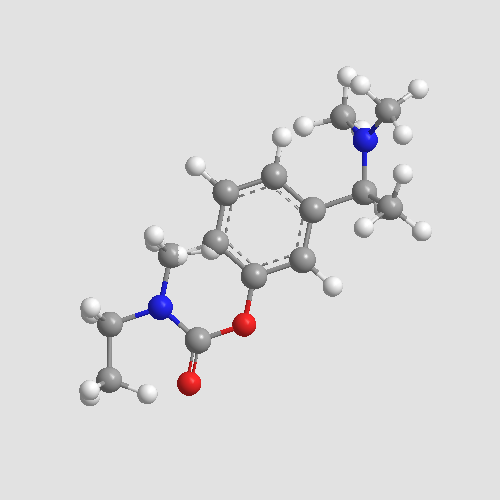 A3768 RivastigmineSummary: Cholinesterase inhibitor
A3768 RivastigmineSummary: Cholinesterase inhibitor

